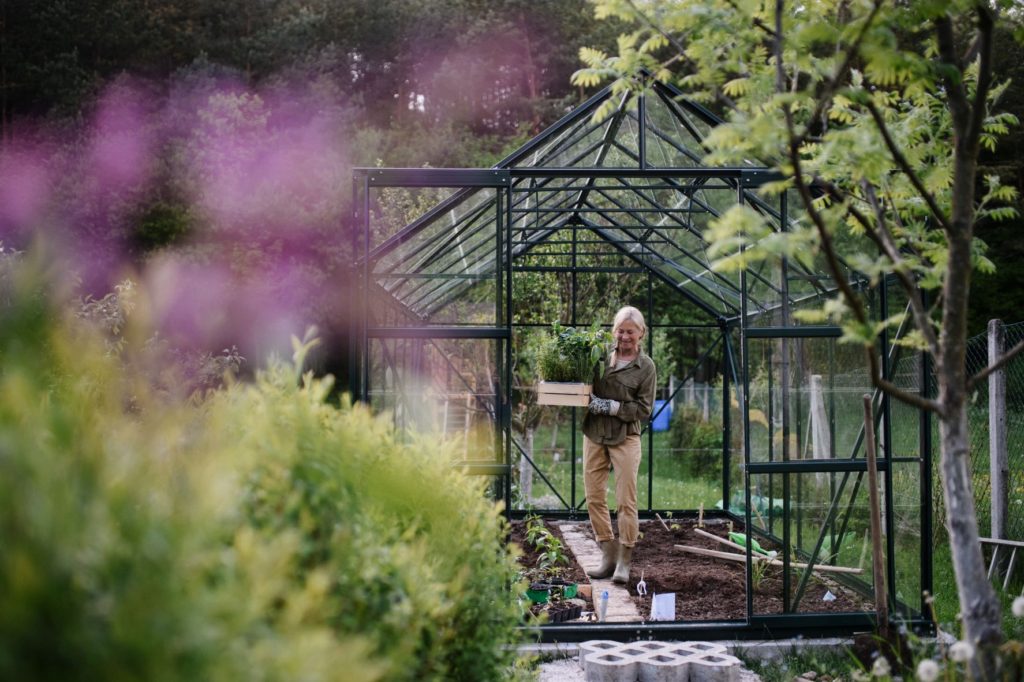What Should I Put in My Garden For Beginners?
The first thing to remember is that more space means more work. A one-inch seedling could grow to a 20 foot vine. For this reason, it is important to plant only the most suitable plants. Below are some plants that thrive in full sun and raised beds.
Plants that do well in full sun
Plants that thrive in full sun are not only beautiful, but also more tolerant to heat and drought. They will also bring out a variety in the landscape’s seasonal colors. When choosing plants for full sun, choose ones that will produce flowers and foliage in varying colors and types. Some plants that thrive in full sun are drought-tolerant while others require more frequent watering.
Foxgloves: Foxgloves, also known as African daisies, grow well in full sun, although they can also do well in partial shade. They require six hours of full sunlight per day to flower, but once established they can withstand drought. They make great cut flowers. However it is important to cut them early in the morning to avoid them fading. These plants are closely related in appearance to culinary sage. However, they are primarily grown for beauty.
Plants that need partial shade are better than plants that need full sun. Ficus Elastica can tolerate full sun for a day, but needs partial shade in the afternoon. It’s best to place it near a south or west window.
Daylilies are another excellent choice for beginners. These perennials are low-growing and can tolerate full sunlight, but it can take up to a year for them to bloom. It is best to not cut the woody stems, as it can cause the plant’s death.

Container-grown plants can thrive
Healthy plants are the first step in container gardening. You want to choose full plants that are strong and weed-free. For true color and size, check the leaves. If the plant has variegated colors, ensure that they do not fade or return to their original color. To avoid soil shifting or breakage, pot the plant carefully.
Also, consider the size of your container. The size of the container should match the growth requirements of the plant. Small containers can restrict root growth, which leads to reduced growth. Small pots can also cause plants to flower and fruit less often. The container’s size should consider the soil depth and overall volume. The minimum container size for most vegetables is 12 inches, while larger fruit and vegetables require more space.
For beginners, container gardening is easier. There are several plants that can thrive in containers. One of the most well-known is papyrus, which is a perennial that gives the container structure. Because of its small size, papyrus doesn’t take up much space in the container. These plants are easy to transplant, and they can be kept indoors if necessary. These plants require adequate light.
Some vegetables do well in containers. For beginners, dwarf varieties of plants are available. These plants are easier to plant in spring because they have shorter root systems. They can be staked to support their branches.
Plants that grow well in raised beds
Carrots are one of the easiest vegetables to grow in raised bed. After the seeds germinate, the roots can be sown in a shallow container of water and the leaves will appear in a few days. To fully germinate, these roots require a depth of 14 inches.
In a raised bed, you can choose perennial and annual plants. Perennial plants are ones that return each year, whereas annuals are temporary. It is important to remember that annuals cannot be planted in the same spot year after year, so they should be divided. Perennials such as lavender, rhubarb and raspberries like hostas thrive in full sun to partial shade.
Raised beds are great for beginners gardening. Radishes, beets, and other plants will thrive in these raised beds. These plants thrive in raised gardens because their roots are not competing with weeds. They also grow well when the soil isn’t overly compact. They make great succession crops. The raised bed is an excellent way to keep root nematodes away from your vegetables.
You must first decide what kind of soil your garden has. To improve the soil’s water retention, you can use compost. Compost can also improve aeration. This is especially important if the soil has a lot of sandy material. Plants can drown in soggy soil.